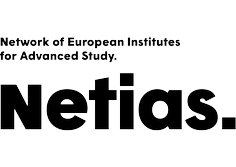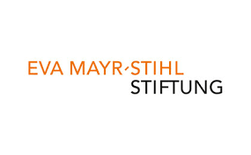Colloquium FRIAS Research Focus Quantum Transport - David Beratan
| Wann |
23.06.2015 von 13:15 bis 14:00 |
|---|---|
| Wo | FRIAS, Albertstr. 19, Seminarraum |
| Name | Anna Blattner |
| Kontakttelefon | 0761 203 97362 |
| Teilnehmer |
universitätsoffen/open to university members |
| Termin übernehmen |
|
Does Evolution Care about Quantum Mechanics? Electrons, Charge Transfer, and Life.
David N. Beratan, Department of Chemistry, Duke University, Durham, USA
Charge-transfer reactions lie at the heart of photosynthesis and respiration, biocatalysis, disease-related oxidative stress, and nanoscience. Many charge-transfer reactions involve electron tunneling, and are therefore intrinsically quantum mechanical in nature. Evolution is challenged to manipulate the propagation of electrons in these complex and fluctuating systems [1,2]. The aim of my presentation is to summarize the theoretical framework for understanding charge transfer in fluctuating biological systems, and to explain some of the recent advances in our understanding of mechanism. In particular, recent theoretical studies reveal when average structures, as opposed to fluctuations away from the mean, dominate electron-transfer reaction mechanisms [3]. This understanding motivates the interpretation of very new experimental data that may allow the assignment of single vs multiple coupling pathway regimes in biological electron-transfer chains. The emerging picture may produce an understanding of why evolution has “wired” its electron-tunneling pathways with particular structures.
---
1. S.S. Skourtis, D.H. Waldeck, and D.N. Beratan, “Fluctuations in biological and bioinspired electron-transfer reactions,” Annu. Rev. Phys. Chem., 61, 461-485 (2010).
2. D.N. Beratan, S.S. Skourtis, I.A. Balabin, A. Balaeff, S. Keinan, R. Venkatramani, and D. Xiao, “Steering electrons on moving pathways,” Acc. Chem. Res. 10, 1669-1678 (2009).
3. I.A. Balabin, D.N. Beratan, and S.S. Skourtis, “The persistence of structure over fluctuations in biological electron-transfer reactions,” Phys. Rev. Lett., 101, 158102 (2008).





